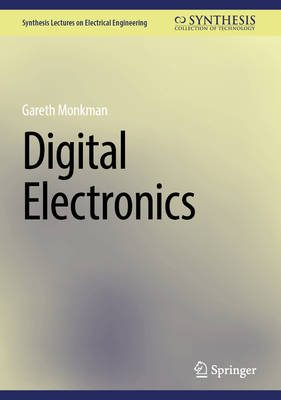
- Afhalen na 1 uur in een winkel met voorraad
- Gratis thuislevering in België vanaf € 30
- Ruim aanbod met 7 miljoen producten
- Afhalen na 1 uur in een winkel met voorraad
- Gratis thuislevering in België vanaf € 30
- Ruim aanbod met 7 miljoen producten
Zoeken
Omschrijving
This book introduces the basic digital components and devices, often with respect to historical events which led to these concepts, before combining them to make complete digital systems. The historical aspect is important in than many older devices were purely mechanical. This helps in understanding the basic concepts before embarking on analysis and application of modern semiconductor devices. The book covers all aspects of digital technology needed by first/second year university students. Basic devices and their combination from simple circuits to complete ALUs. Sequential concatenation of devices leads to counters, timers, registers and memory. Parallel to these subject, all mathematical aspects of Boolean algebra are covered. The book culminates in a fusion of the three main subjects resulting in the design of a basic CPU and the implementation of assembly language code. Throughout the book, reference is made to original historical devices and designs which have led (or in many cases, not) to the development of modern digital and computing systems.
Specificaties
Betrokkenen
- Auteur(s):
- Uitgeverij:
Inhoud
- Aantal bladzijden:
- 155
- Taal:
- Engels
- Reeks:
Eigenschappen
- Productcode (EAN):
- 9783031697258
- Verschijningsdatum:
- 22/08/2025
- Uitvoering:
- Hardcover
- Formaat:
- Genaaid
- Afmetingen:
- 168 mm x 240 mm
- Gewicht:
- 480 g

Alleen bij Standaard Boekhandel
+ 167 punten op je klantenkaart van Standaard Boekhandel
Beoordelingen
We publiceren alleen reviews die voldoen aan de voorwaarden voor reviews. Bekijk onze voorwaarden voor reviews.








